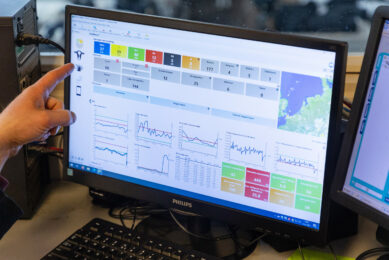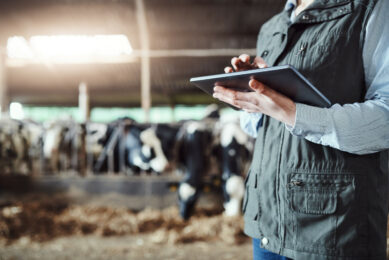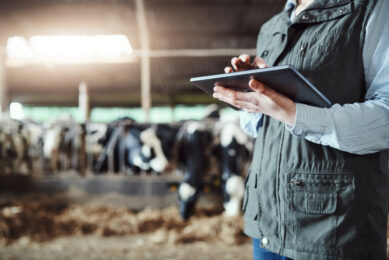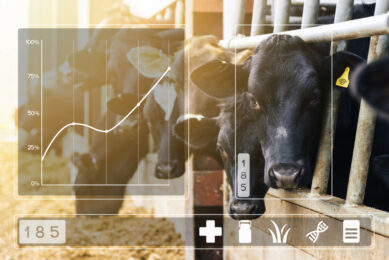Drying off management on smart dairy farms
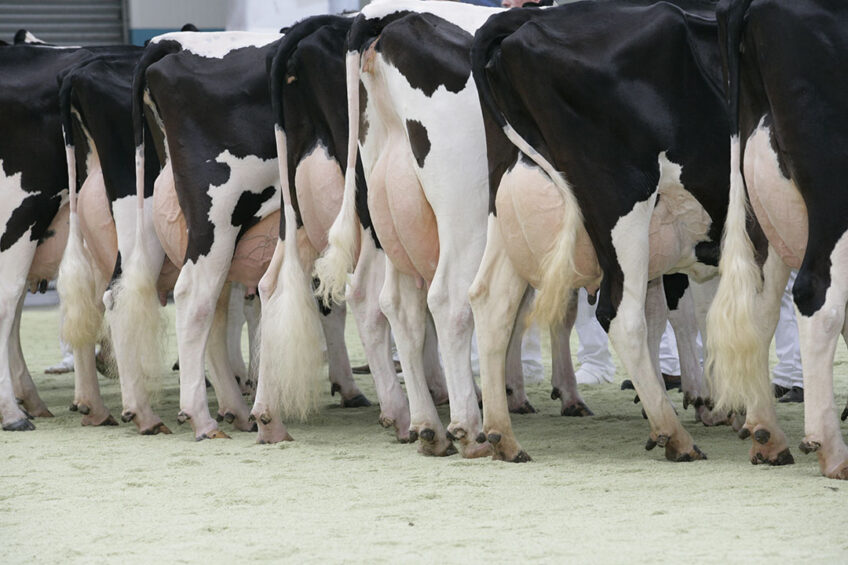
Drying off cows is a necessary process and a critical phase in dairy cow’s lactation cycle which can be stressful for the animal and time-consuming for the dairy farmers.
The growing world population has increased the demand for meat and milk products and has led to a rapid growth in the scale of cattle enterprises globally. Therefore, dairy cattle production intensification would likely increase the animal density, lower the stockperson per animal ratio, decrease available time to monitor and manage individual animals properly, and jeopardize animal health and welfare.
A cow is typically dry for the last 60 days of her pregnancy. In this period, the udder is not being used for milk production and can rest and rejuvenate. In addition, it allows to produce strong colostrum and since the calf grows the most in the last 2 months of gestation, the cow can put 100% of her energy toward raising a healthy calf. Utilising smart dairy technologies such as robotic milking facilities provide dairy farmers an upper hand when it comes to gradually drying cows off.
Smart dairy technologies
Precision technologies such as robotic milking designed specifically for dairy applications are termed smart dairy technologies. Smart dairy technologies deal with the integration of communication systems, data and information technologies, and sustainable devices with the aim of increasing the production efficiency, lowering the operational and manpower cost, and providing reliable and accurate data and analyses for management and planning purposes.
Check out Dairy Global’s SMART FARMING section
Methods of drying cows off
Basic methods of drying off include (a) abrupt cessation of milking and administering dry cow therapy, and (b) intermittent milking once a day during the last week of lactation and administering dry cow therapy after the last milking. However, the second method can take considerably more time than the abrupt dry off method.
Application of robotic milking
Robotic milking technology is a voluntary milking system that collects information on milk quantity and quality and cow health, and it helps farmers better manage their herd. Typically, feeding lower energy diets towards the end of lactation cause a negative energy balancing cows, resulting in decreased milk production. Using milking robots is an effective method to reduce milking frequency before drying off instead of or in addition to feeding a lower energy diet to lower milk production. This process will slowly decrease milk yield, allowing the producer to gradually dry off the cows.
Milking robots can be programmed to deny entry to cows leading up to dry off, which gives the farmers more control of milking frequency and improves milk quality in the next lactation. In addition, dairy farmers can utilise selective dry off therapy and cows will have a better keratin plug to form in the teat giving them the best natural protectant against intramammary infections.
Furthermore, cows that are producing less milk in the gradual dry off process, consume less feed and these feed cost savings, in addition to the savings from reduced mastitis incidences, could save a producer US$29 per cow compared to abrupt dry off.
Concluding remarks
Reducing milking frequency before drying off using robotic milking facilities can improve dairy cow health and welfare and satisfy economic components of making a new management decision. Despite the possible existing limitations in terms of technology and infrastructure, dairy farmers need to be trained to adopt the new technological revolution. In addition, the engineering community needs to know the demand in dairy farming for the potential opportunity to advance the devices and tools for more efficient applications in the field.



